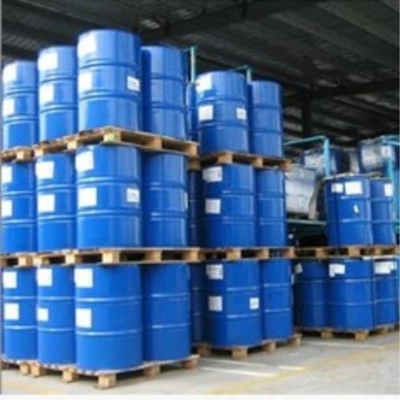Different kinds of beef in Japanese market
-
Last Update: 2001-12-21
-
Source: Internet
-
Author: User
Search more information of high quality chemicals, good prices and reliable suppliers, visit
www.echemi.com
Introduction: according to the report of Japan economic news on December 19, the ripples stirred by mad cow disease in the Japanese market have spread to a wide extent In the middle of this, there is a downward trend in the price of dairy cows used for meat processing due to their high age and inability to produce milk And the three infected with mad cow disease found in Japan were once cows, which to a large extent affected the market demand from cow processing to beef cattle The situation of shrinking demand is still developing It is obviously a difficult situation to recover the market demand as soon as possible From the sales situation of the market, the Japanese "he Niu" market with better meat quality is currently supporting the most prosperous year-end demand of the Japanese market There is also a cautious and optimistic trend of consumption recovery in the market, and the price difference between different kinds of beef is more distinct, which has really opened the level On December 18, in the meat market of Tokyo central wholesale market, the transaction price of castrated dairy cattle B2 specification (the average increase) was 276 yen per kilogram, which was 532 yen per kilogram lower than that of the same specification of beef in the first ten days of September before the discovery of BSE infection in Japan, with a reduction rate of 65.8% The price of C2 beef (wholesale price), which is no longer used for milking due to old age and has to be used for meat processing, is only 108 yen per kilogram, which is 432 yen per kilogram lower than that of mad cow disease found in the first ten days of September, and only a fifth of the price level It even fell to 38 yen per kilogram on December 17 In addition, in the Japanese beef market, the price of castration and A4 beef for high-grade barbecue is 1234 yen per kilogram Compared with the first ten days of September, the price fell by 589 yen, a 32.3% reduction But it was up about 18% from the lowest price of 1043 yen in early December, when Japan's third mad cow disease was confirmed After the cows can not produce milk, the male cattle are castrated, generally from 2 to 3 months after birth and continue to be raised But the female cattle can't continue to produce milk and then turn to beef cattle The reason for the low price and sluggish sales is that the three mad cow disease cows found in Japan are all from cows Japanese milk substitutes for newborn cows have been suspected to be one of the sources of BSE So Japanese consumers are still deeply worried about selling cows for meat So Japanese supermarkets and so on have refused to operate cows outside the door, some have stopped trading cows, more is to reduce the number of cows to buy Now there is another trend Farmers who raise cows have to control the number of female cows shipped to the market On December 18, the estimated number of cows used for food (female cows) in Japan was about 920, half of the male cows Due to the variety of beef, the so-called heniu cultivated in Japan is a high-grade beef variety, and the market sales of high-quality heniu have recovered As the market operators vigorously publicize their food safety to consumers, especially indicate the origin of beef, the name of the manufacturer and emphasize that beef cattle only feed plant feed, the beef retail stores have achieved growth effect At the end of each year, it was the peak season of barbecue consumption, and heniu was also the first choice of beef varieties such as barbecue, of course, the largest demand in a year Although he Niu is also used as a gift for new year, the most important festival in Japan, its market is only about half that of last year As for the consumption of beef and cattle by Japanese families, it has also recovered to some extent after the consumption dropped by 30% According to the authoritative statistics of Japan's Ministry of agriculture and forestry, in 2000, Japan produced about 164000 tons of mixed cattle and 196000 tons of cows After the liberalization of beef import in 1991, the domestic beef production in Japan has been on the decline, especially the production of cow meat which competes with the imported beef (author:) share to feed Weibo share to:
This article is an English version of an article which is originally in the Chinese language on echemi.com and is provided for information purposes only.
This website makes no representation or warranty of any kind, either expressed or implied, as to the accuracy, completeness ownership or reliability of
the article or any translations thereof. If you have any concerns or complaints relating to the article, please send an email, providing a detailed
description of the concern or complaint, to
service@echemi.com. A staff member will contact you within 5 working days. Once verified, infringing content
will be removed immediately.







